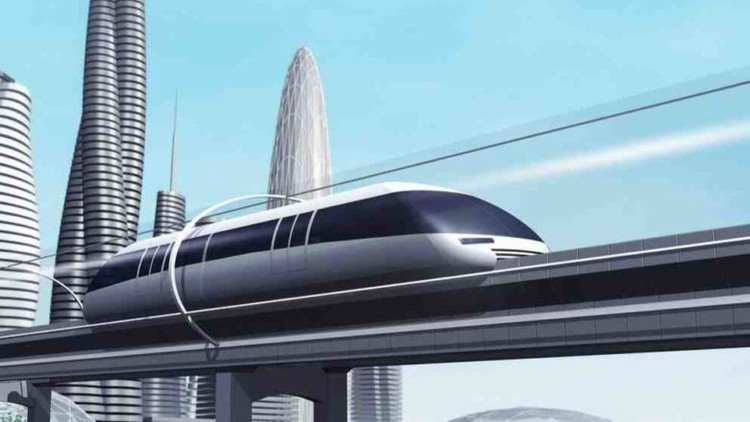
Treats only rigid-body mechanics and forms a suitable basis for the design
What you will learn
Identify constraint forces in a physical system
Draw a free body diagram
Compute moments due to a force and moment arm and compute equivalent force/couple systems.
Solve for unknowns in a static equilibrium problem, truss, frame and machine problems, and problems involving dry static friction
Locate the Centroid of 2D and 3D objects
Description
A. Course Description:
This course treats only rigid-body mechanics and forms a suitable basis for the design and analysis of many types of structural, mechanical, or electrical devices encountered in engineering. As the course name suggests, this course deals with the equilibrium of bodies that are either at rest or move with constant velocity. Therefore, this Statics course provides the students with the principles that treats the statics of particles and rigid bodies, trusses, frames, machines; centroids, centers of gravity; and friction.
B. Course Objectives:
1. Identify constraint forces in a physical system.
2. Draw a Free-Body Diagram.
3. Compute moments due to a force and moment arm.
4. Compute equivalent force/couple systems.
5. Solve for unknowns in a static equilibrium problem, truss, frame and machine problems, and problems involving dry friction.
6. Locate the centroid of 2D and 3D objects.
C. Course Learning Outcomes:
CO-1:
Identify constraint forces in a physical system
CO-2:
Draw a free body diagram
CO-3:
Compute moments due to a force and moment arm and compute equivalent force/couple systems.
CO-4:
Solve for unknowns in a static equilibrium problem, truss, frame and machine problems, and problems involving dry static friction
CO-5:
Locate the Centroid of 2D and 3D objects
D. Topics Covered:
1. Force Vectors
2. Equilibrium of a Particle
3. Force System Resultants
4. Equilibrium of a Rigid Body
5. Structural Analysis
6. Friction
7. Center of Gravity and Centroid